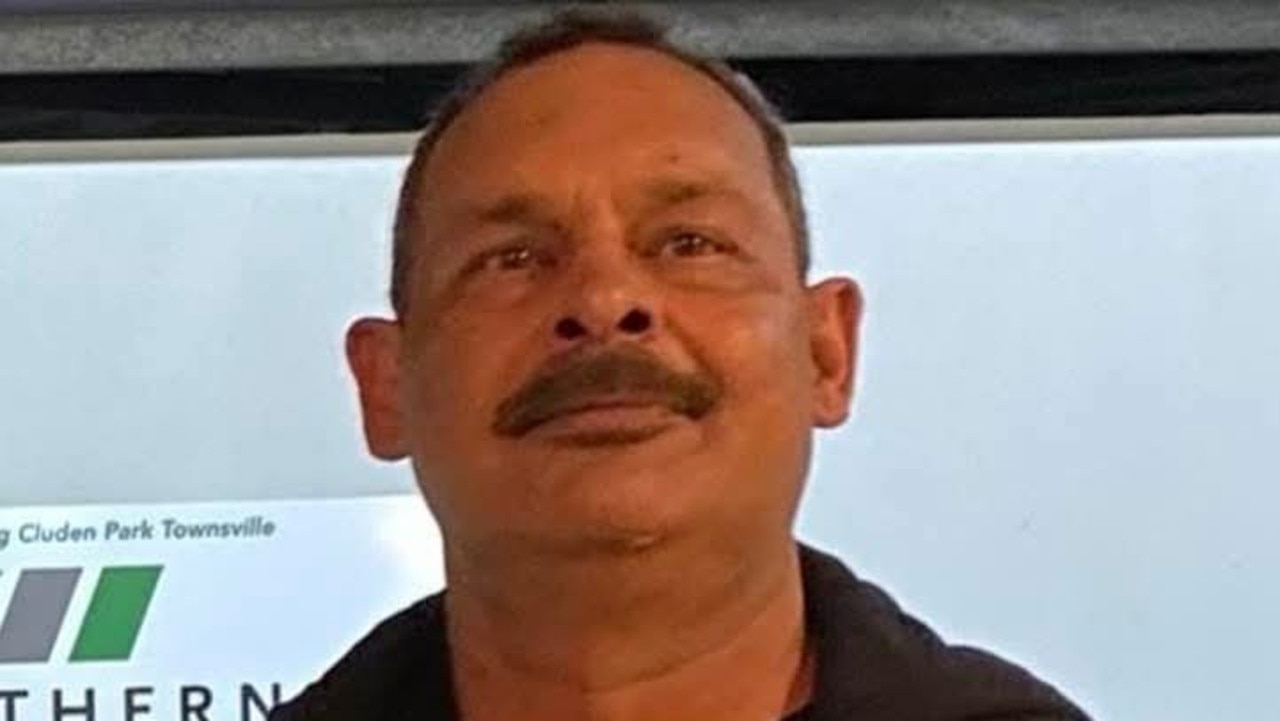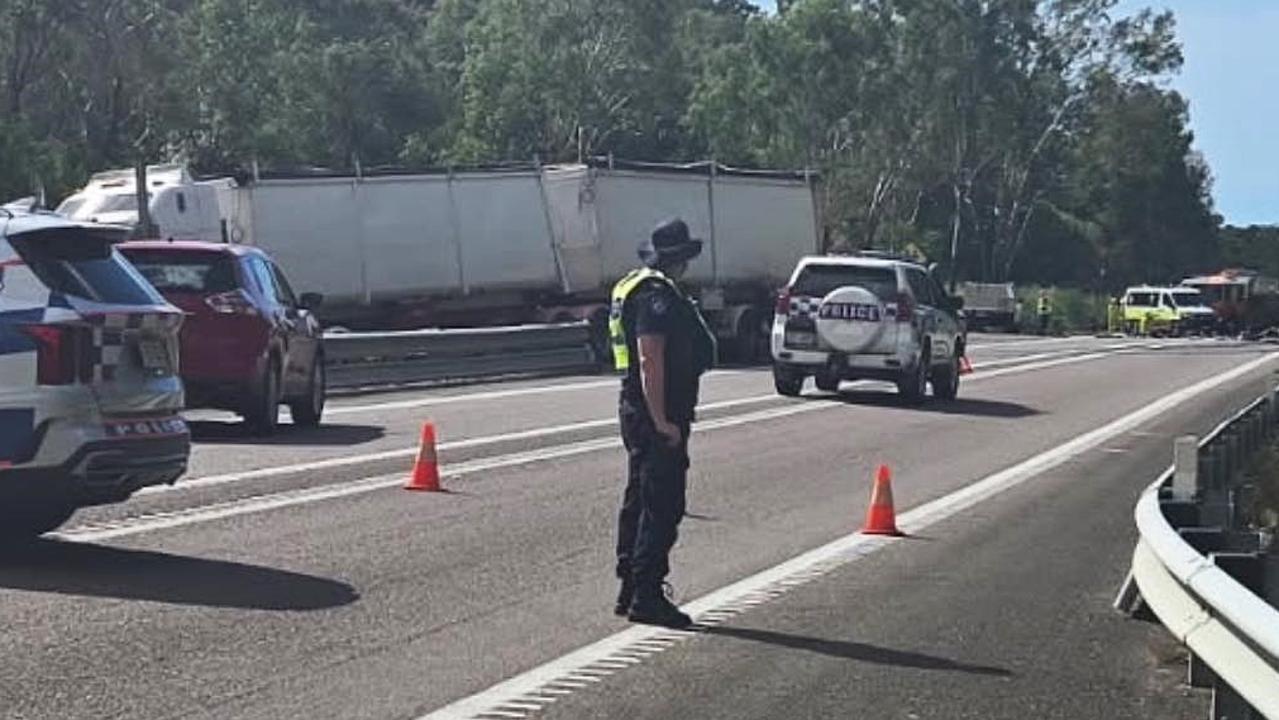James Cook University Professor, oceanographer Eric Wolanski and Pallarenda residents call for change
Continuing changes to the beach at Pallarenda have heightened locals calls for more to be done, saying erosion has lead to the formation of a sandbar, potential flooding risks and the degradation of the beachfront.
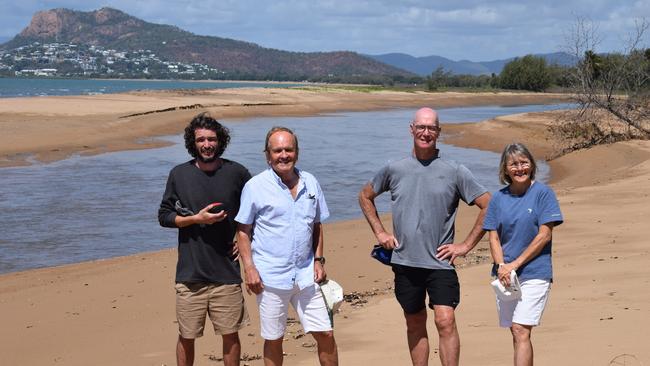
News
Don't miss out on the headlines from News. Followed categories will be added to My News.
Pallarenda’s beachfront could soon be out of reach for many residents of the iconic stretch of NQ, with a concerned group saying erosion has led to the formation of a sandbar, heightened flooding risks and other concerns.
Pallarenda resident of 30 years Bruce Muller said with the beach eroding over time, locals and visitors to the area are not able to access the beach as easily.
A walkable path that once stretched out to the beach has now fallen after erosion to the sand made large sandbars and high drops.
He said the biggest changes in the beachfront occurred in 2010 when the Townsville City Council’s Shoreline Erosion Management Plan was brought in as a trial.
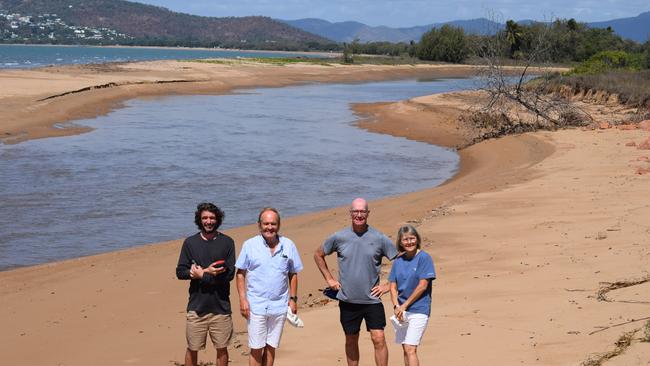
“After a cyclonic event, the road was within about ten feet off being lost to the sea down by Rowes Bay, we lost a car park, they had to do away with a toilet block,” he said.
“It was at that point that council had a Shoreline Erosion Management Plan (SEMP) which was undertaken by a coastal engineer. That came into place and was where the sand nourishment was brought into putting sand in at Rowes Bay. They did the trial, which was to be for three years of geotech groins either side of Mundy Creek and Rowes Bay up by the caravan park.
“That was on a three month trial that was to be revisited after three years and that never happened.”
Mr Muller said part of the SEMP indicated that sand that would come with the coastal currents and tide flows to Pallarenda, with 6000 cubic metres of sand to be moved every year, but said that went on for 10 years without happening.
“The end result is that we have Three Mile Creek deviating, running along the shoreline, heading north along Pallarenda beach, eroding away at the beachfront, creating a massive sandbar,” he said.
Mr Muller said the beach should be able to be enjoyed by all in the community.
“We’ve got a lot of new families that have moved in with kids, they want to bring the kids down in beach trolleys and they can’t. There are a lot of seniors here who want to come down and enjoy the beach but are unable to because there is no flat area to access the beach.”
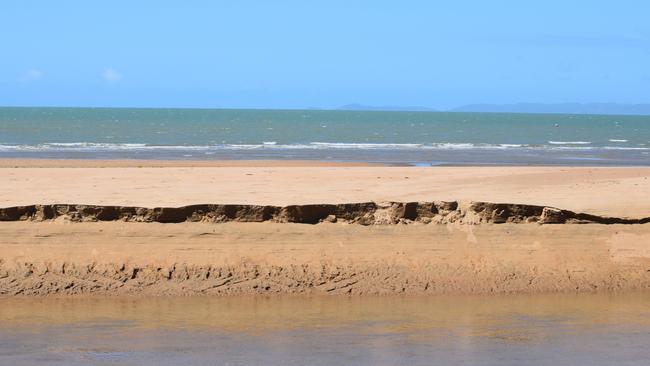

Professor at JCU and oceanographer Eric Wolanksi said the sand spit grew hugely in 2023, noting the area underneath the Three Mile Bridge also needed widening to improve water flow efficiency and prevent a build-up of sand.
He said the changes to the coast from a fan delta to a sand spit is due to the Ross River Bridge ‘choking’ the flows in the creek.
Professor Wolanski said this would mean when a flood occurs in Three Mile Creek, water will have to flow over the sand dam, meaning there was a higher chance Pallarenda could flood.

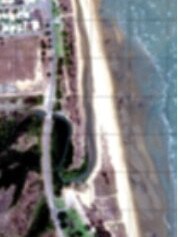
He reommended environmentally friendly coastal engineering solutions be implemented, including installing two groynes at Rowes Bay, dredging through and armouring the sand spit to restore the mouth back to where it was in 1972, using only Pallarenda sand to replenish sand lots at Rowes Bay and carrying out engineering work to the Three Mile Creek bridge to restore the natural flows.
“Then you will have a beautiful beach, like The Strand, here in Rowes Bay. It’s very simple, basic engineering.
“Nobody is looking at the big picture, that if you manage this with simple measures such as the groynes and the bridge, it’s a system which is profoundly under human activities and you have to manage it.”


Volunteer data collector Chris Hopper noted that with the decrease in water flow, the ecology of the creek has also been changed.
“It’s not getting flushed out by the ocean,” he said.
“We are seeing an increase in the decline of the water quality. It should be a breeding ground for fish and crabs.”
The group said the studies Professor Wolanksi has done and the suggestions towards the management of the beach should be listened to and considered by council.
‘We just want people to acknowledge what is happening down here, look at the data that's being presented to them,” Ms Leeds said.
“Professor Wolanksi is a world-renowned oceanographer, eco-hydrologist and he’s passionate about preserving this area.” Mr Muller said.
In response a Townsville City Council spokesperson said council values community views and has commenced process to update the Rowes Bay-Pallarenda Shoreline Erosion Management Plan (SEMP) for the area.
“The process for updating the SEMP is extensive and includes periods of community consultation and notification of these opportunities will be undertaken,” the spokesperson said.
“Council is committed to incorporating local insights and concerns into relevant coastal management strategies and plans for the area, reflecting a partnership approach to addressing this challenge.”
Council advised that a coastal review by a an external coastal engineer has commenced and will be undertaken emphasising a scientific approach to coastal geomorphology and incorporating the latest insights into the impacts of climate change.
“Council manages the Rowes Bay Pallarenda area as one ecosystem, and is conducting both renourishment and backpassing of sand from Pallarenda under an approved State approvals and permits,” the spokesperson said.
“The management addresses the varying perceptions of sand renourishment at Rowes Bay to manage the whole beach system as on our overall approach.”
“This effort is complemented by a comprehensive modelling of flooding, stormwater impacts, bridge width restrictions, and the broader coastal influences of wind, currents, and tides on our beaches.”
More Coverage
Originally published as James Cook University Professor, oceanographer Eric Wolanski and Pallarenda residents call for change




